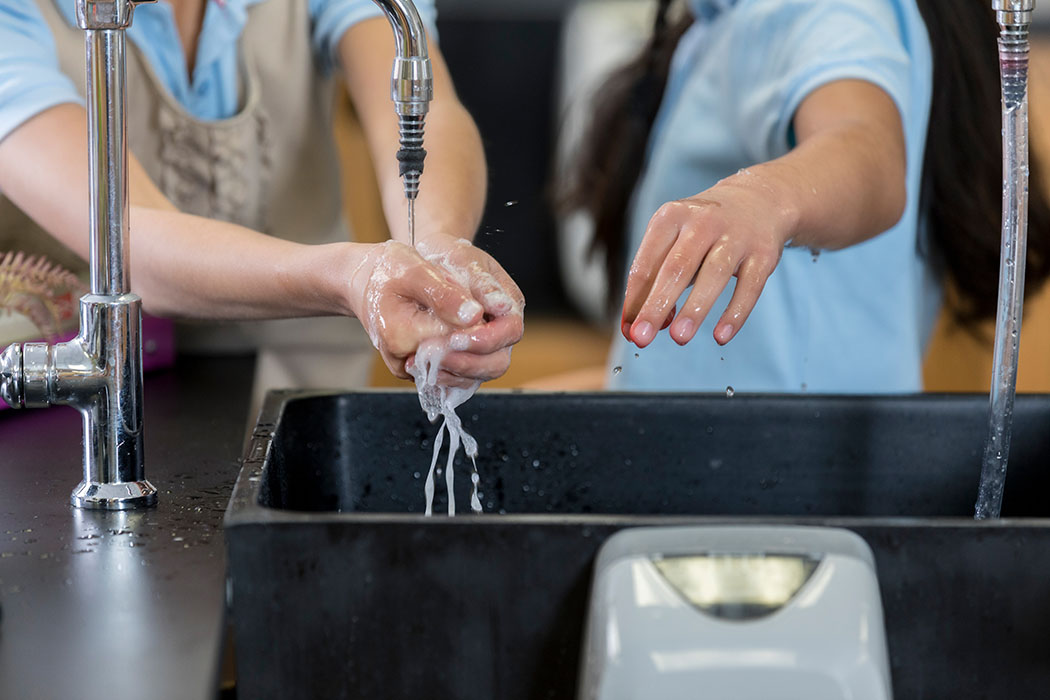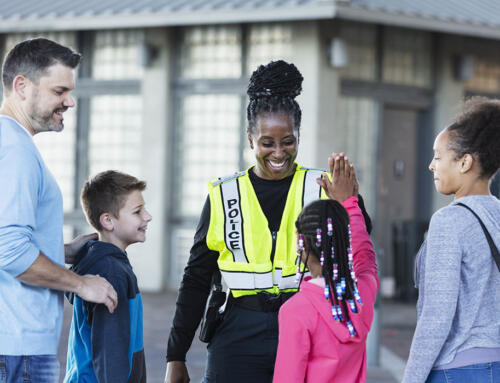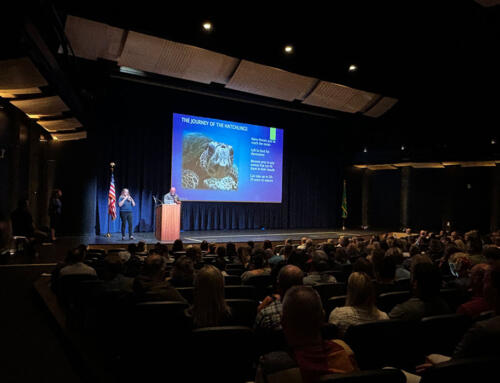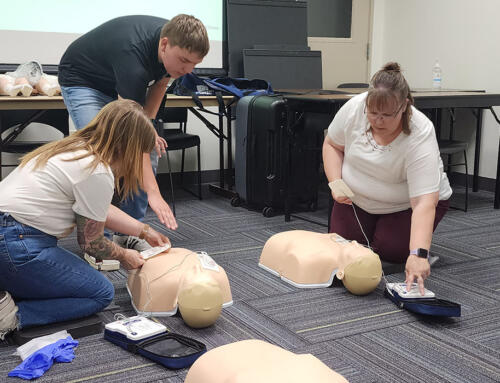It is important to maintain a clean classroom. School custodial staff are responsible for cleaning schools, but some teachers choose to do additional cleaning. Here are some tips for teachers from the Washington Department of Health to keep the dirt and germs to a minimum.
1. Teach your students good handwashing habits.
The number one way to keep germs from spreading is to teach good handwashing techniques. Use plain soap and warm water for handwashing before eating, after using the bathroom, after recess and anytime they get dirty.
When there is no access to a sink, alcohol-based (at least 60% alcohol, dye-free and fragrance-free) hand sanitizer or alcohol-based sanitizer wipes can be used. Hand sanitizers are not a substitute for handwashing. Hand sanitizer doesn’t remove dirt in which germs hide and only kills a few easy-to-kill germs.
2. Know the difference between cleaning, sanitizing and disinfecting.
CLEANING removes dirt and most germs. If teachers need to assist with classroom cleaning, they should use soap and water or a district provided basic cleaner. A third party certified green cleaner is preferred. Spray on surface and scrub with paper towels or a microfiber cloth. Rinse and wipe dry to remove any residue. Microfiber cleaning cloths improve cleaning. Dampened with water, they are also great dust removers. If students are helping to clean, they should only use soap and water or for quick cleaning, fragrance-free baby wipes.
SANITIZING reduces germs to safe levels. In schools, food code regulations have specific requirements for sanitizers in the cafeteria and kitchen.
DISINFECTING kills most germs, depending on the type of chemical, and only when used as directed on the label. In schools, custodial staff use disinfectants and sanitizers regularly in high-risk areas such as nurse’s office, bathrooms, cafeterias, kitchens, drinking fountains, sink and door handles, and athletic facilities; preferably, when students are not present.
Disinfecting should be the responsibility of school custodial staff who are trained to use disinfectants in a safe and effective manner. If teachers use disinfectants, the district must provide training and supply the appropriate cleaner. Students should never use disinfectants and disinfectant wipes should not be used to clean hands.
Following these practices will help increase the cleanliness of a classroom. A clean classroom can lower absenteeism, improve air quality and reduce asthma and allergy triggers allowing teachers to focus on teaching.





 ESD 112 equalizes educational opportunities for learning communities through innovative partnerships, responsive leadership, and exceptional programs.
ESD 112 equalizes educational opportunities for learning communities through innovative partnerships, responsive leadership, and exceptional programs.